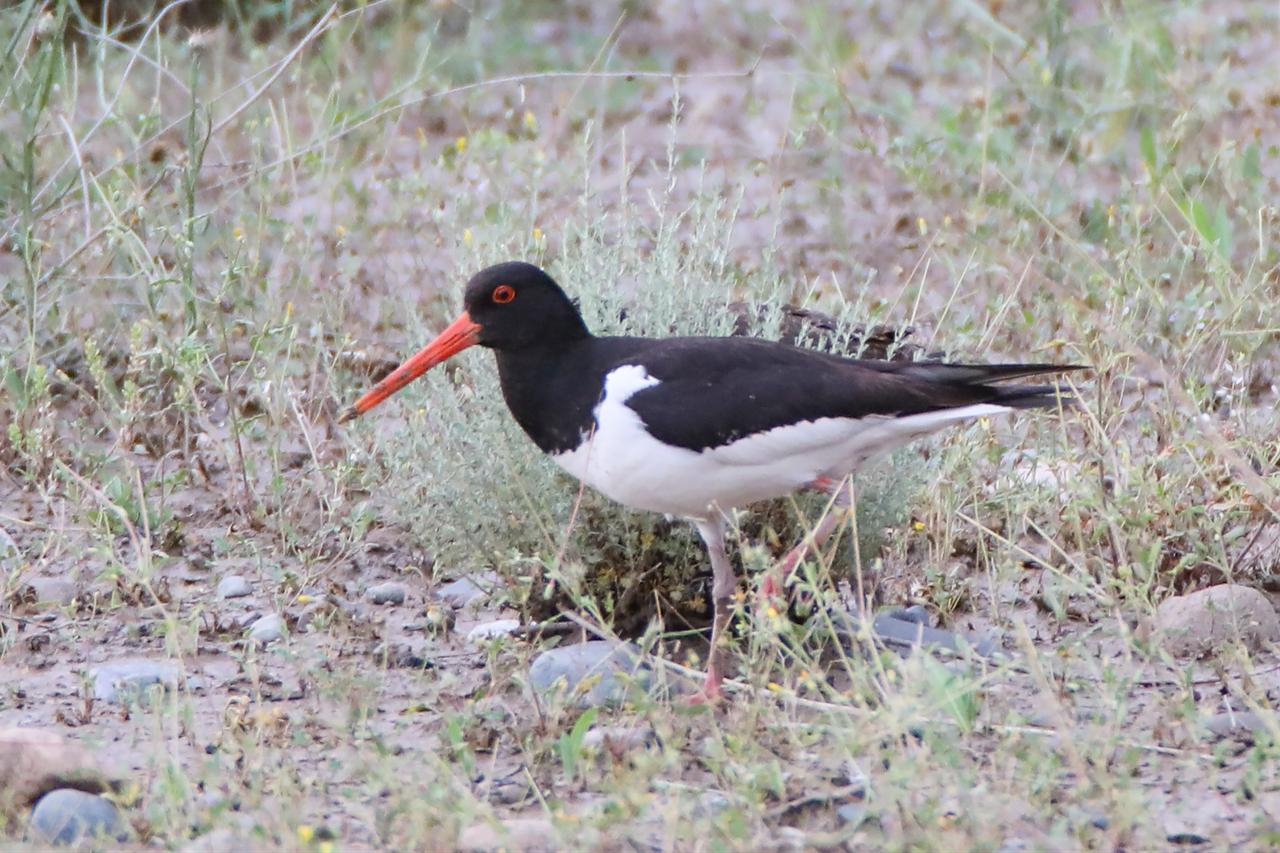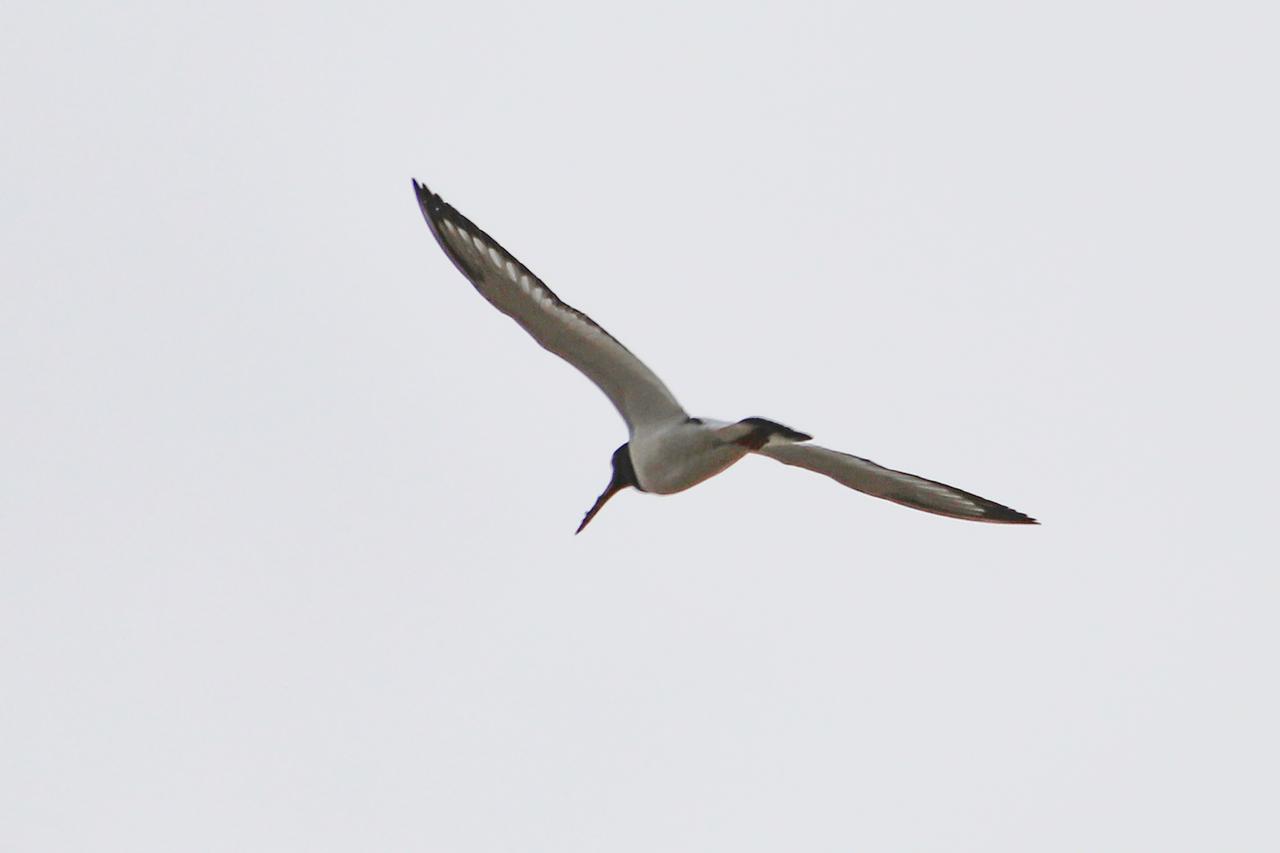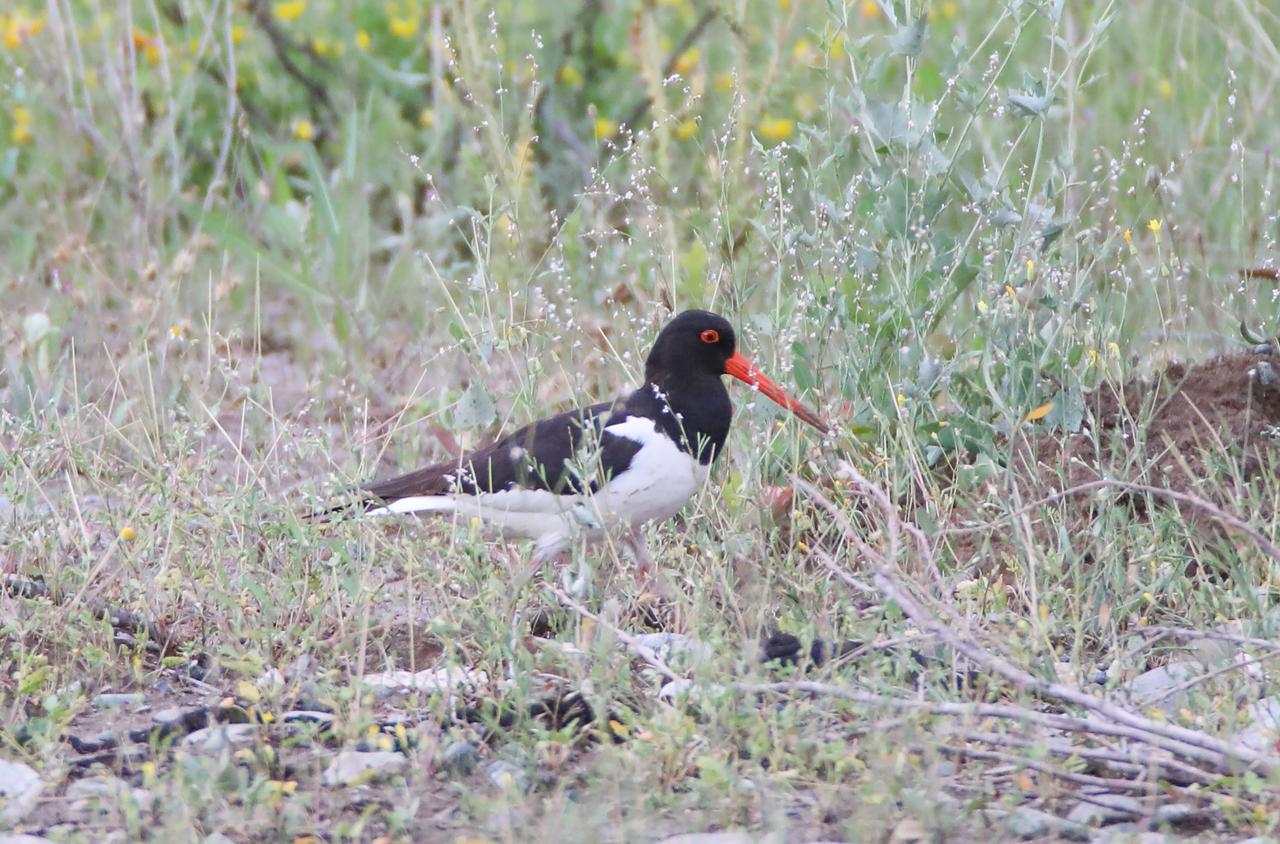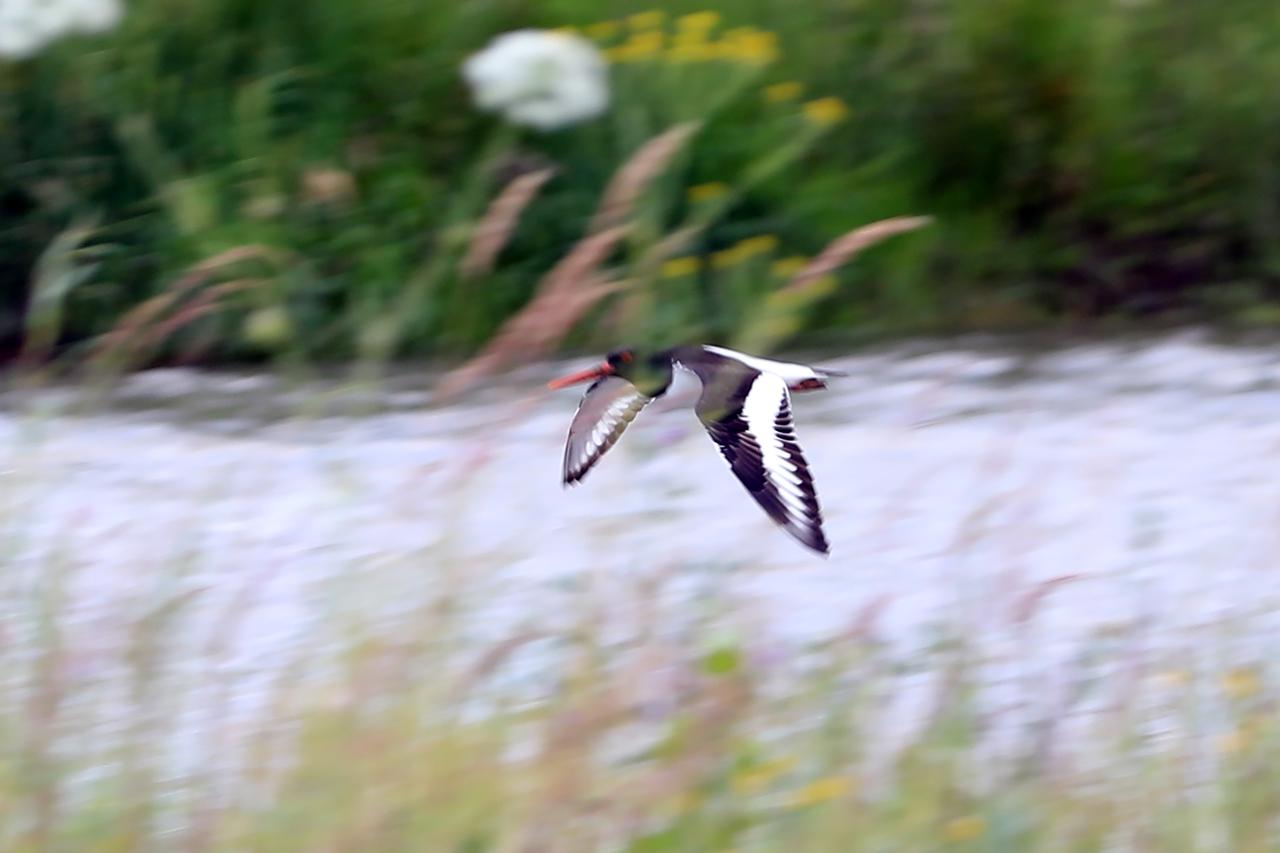
An endangered bird known as the Poyraz kusu (Eurasian oystercatcher, Haematopus ostralegus) has drawn international attention after scientists tracked its extraordinary journey from Türkiye to Africa, spanning eight countries and thousands of kilometers.
The bird was first captured in May 2024 at the Aras Bird Paradise (Aras Kus Cenneti) in Türkiye’s eastern Igdir province. Researchers from the KuzeyDoga Association, with permission from the Directorate General for Nature Conservation and National Parks, attached a satellite transmitter to the bird’s wings before releasing it back into its natural habitat.
Since then, the oystercatcher has been transmitting signals from Türkiye, Armenia, Iraq, Saudi Arabia, Egypt, Eritrea, Sudan, and Yemen—crossing multiple ecological zones during its seasonal migrations.

The bird began its southward journey as temperatures dropped, leaving Türkiye’s Şırnak region in July 2025, flying through Iraq toward the Red Sea. It then reached Al Qahma, a coastal town along Saudi Arabia’s Red Sea shore, where it stayed to rest before continuing further south.
At its highest altitude, the bird reached over 6,200 meters and recorded a flight speed of up to 132 kilometers per hour, demonstrating the resilience of this endangered species as it navigates vast distances across harsh terrains.

Professor Cagan Sekercioglu, president of KuzeyDoga Association and faculty member at KoC and the University of Utah, said the continuing flow of data from the bird has thrilled researchers. He explained that the bird nests and feeds on small islands along the Aras River, which are under threat from gravel extraction activities.
He added, “After spending the summer breeding on the islands of the Aras River, it crossed Eastern Anatolia, Syria, Iraq, Saudi Arabia, and the Red Sea before reaching Eritrea, where it spent the winter.” According to Sekercioglu, the bird later followed a similar route back north to Türkiye, returning to the Aras River islands to breed again before beginning its autumn migration.

Currently, the bird is once again flying south along the Red Sea coast, near Jeddah. Scientists expect it to spend the winter months in Eritrea and hope it will survive to return to the Aras River in spring 2026.
Sekercioglu emphasized the ecological importance of the Aras River wetlands, describing them as one of Türkiye’s richest bird habitats. He noted that although the oystercatcher is a water bird, its ability to cross Arabian deserts and multiple national borders shows the remarkable endurance of migratory species dependent on fragile stopover ecosystems.